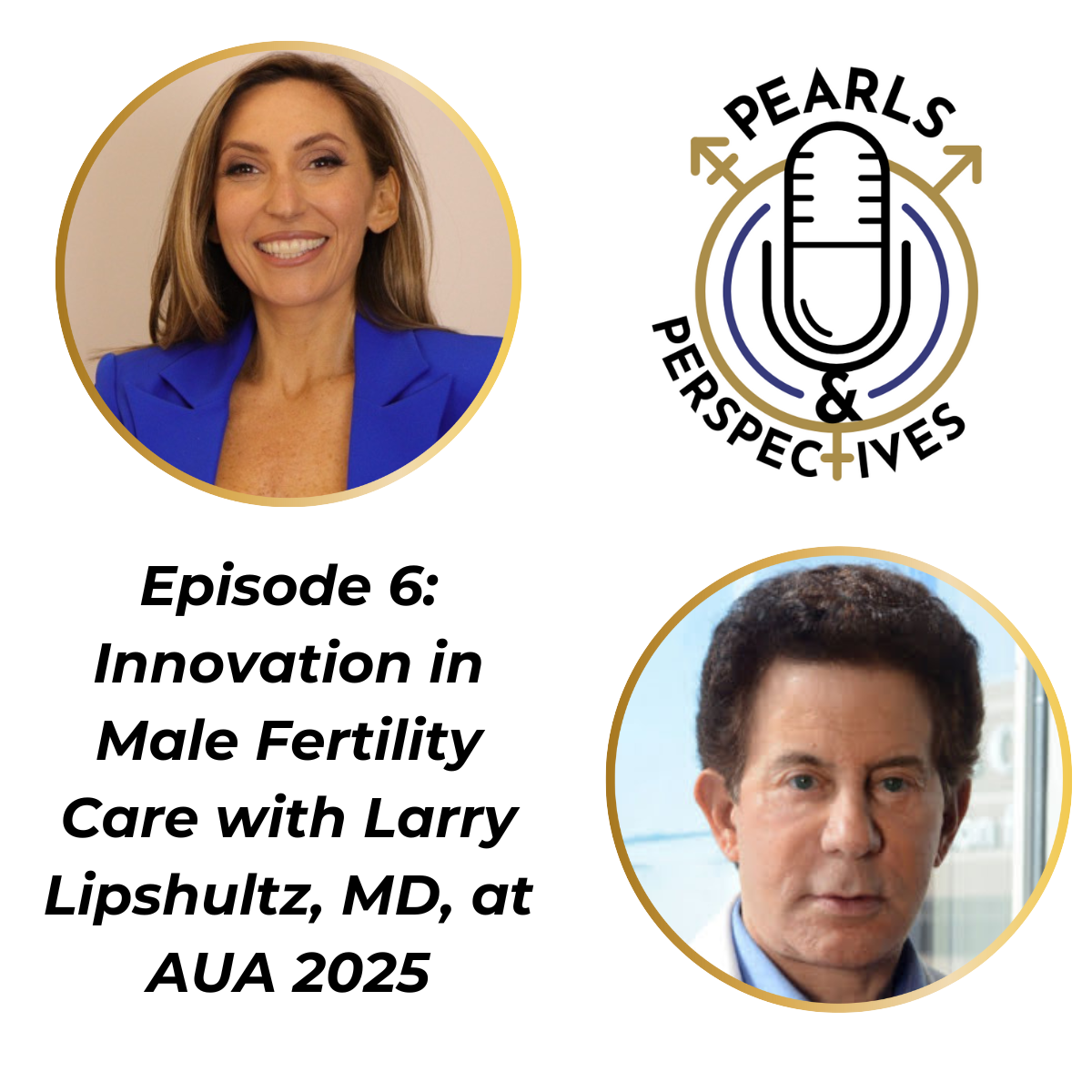Article
Modifier 22 incentive found to decrease opioid prescriptions following vasectomies
Author(s):
Using administrative claims data, investigators analyzed the opioid prescriptions filled for vasectomies before and after the expansion of Blue Cross Blue Shield of Michigan's modifier 22 program.
A modifier 22 payment incentive from Blue Cross Blue Shield of Michigan (BCBSM) led to a decrease in the percentage of men who filled opioid prescriptions following their vasectomy.1
In 2018, BCBSM launched an opioid reduction intervention that permitted the use of modifier 22 if the procedure were performed with minimal or no postoperative opioids. In July 2019, this program was expanded to included vasectomies.
Modifier 22 is a code that can be added to a provider’s insurance claim if the work to complete the procedure is substantially greater than the typical amount of work. With the code, insurance companies will often provide up to a 35% reimbursement.
To qualify for modifier 22 for a patient undergoing a vasectomy, the surgeon must intend for the patient to have an all-around opioid-free procedural course. If so, the surgeon must then provide the patient with additional preoperative education regarding pain expectations after the procedure, the safe disposal of opioids, and managing pain without opioids.
Using administrative claims data, the authors looked at the percentage of males who filled an opioid prescription 30 days prior to 3 days after their procedure. The patient cohort consisted of 4559 men who had received vasectomies and 4679 men who had a control procedure. Participants selected ranged from men aged 20 to 64 years who had BCBSM preferred provider organization insurance and underwent consecutive urologic procedures between February 1, 2018, and November 16, 2020.
Investigators found that before the vasectomy expansion was implemented on July 1, 2019, 32.5% of men who underwent a vasectomy had a prescription for opioids filled, compared with 12.6% of men after the expansion (P < .001). The control group had no significant change in the percentage of men who filled opioid prescriptions after July 1 (P = .671).
The authors also analyzed the size of opioid prescriptions in oral morphine equivalents (OMEs) —done by multiplying strength per dose, quantity, and published OME conversion factors—as well as the percentage of patients with opioid refills and percentage of patients with persistent opioid use before and after July 1.
The investigators found that the size of periprocedural opioid prescription fills in the vasectomy group significantly decreased after policy implementation, going from 89.7 OMEs per prescription before the expansion to 27.1 OMEs per prescription after (P = .018). There was minimal change in the size of fills in the control group (P = .723).
Both the vasectomy group and the control group showed no significant change in the percentage of opioid refills after July 1, 2019 (P = .111). There was also no statistically significant change in the percentage of patients with persistent opioid use in either group past the date of policy expansion (P = .578).
From these data, the authors identified several risk factors that increase a patient’s chance of filling an opioid prescription, including tobacco use, a high Charlson comorbidity score, any mental disorder, any pain disorder, or any prior opioid use.
Investigators estimate that at least 8473 fewer opioid pills were dispensed in Michigan in the year following the expansion of the modifier 22 policy. There are several implications of this, including fewer opioids in the community, which can decrease instances of dependency, and increased financial resources for providers.
Reference
1. Nam CS, Lai Y, Hu HM, et al. Less is more: fulfillment of opioid prescriptions before and after implementation of a modifier 22 based incentive for opioid-free vasectomies. Urology. Published online October 12, 2022. doi.org/10.1016/j.urology.2022.09.023
















